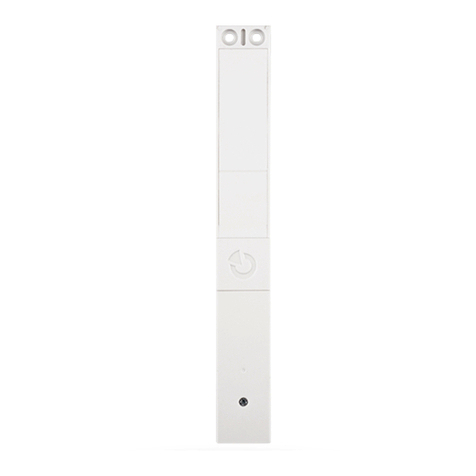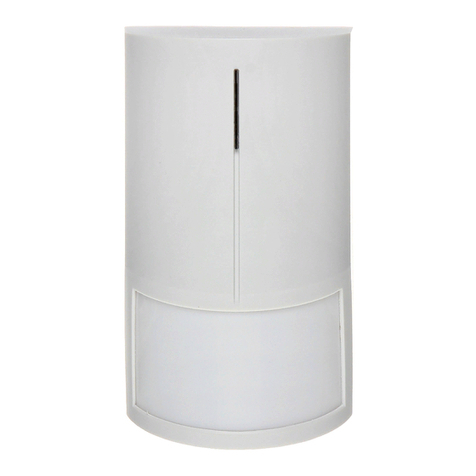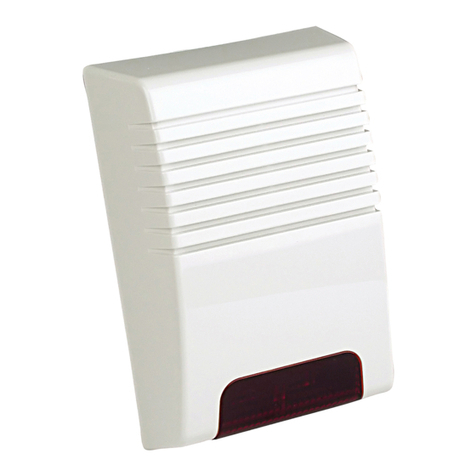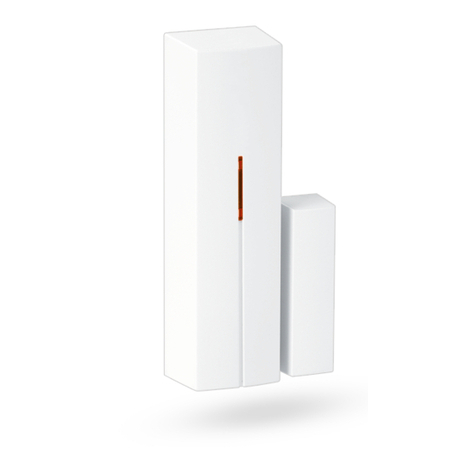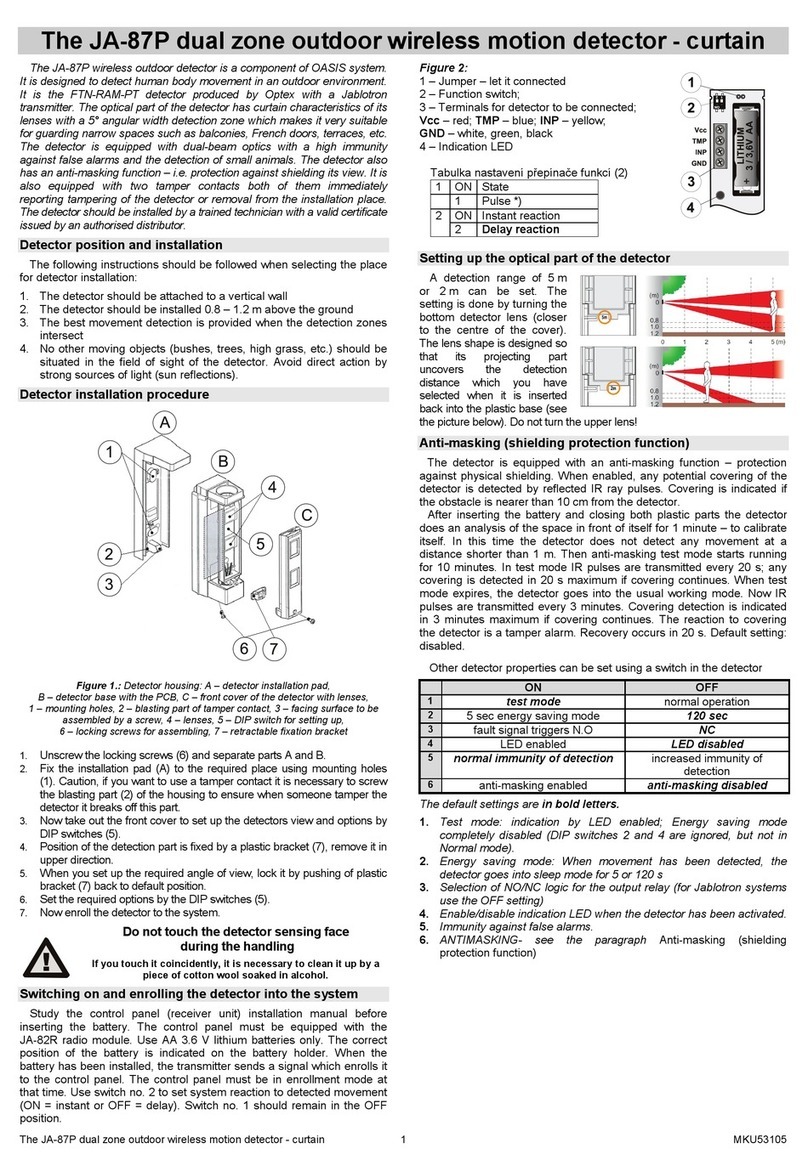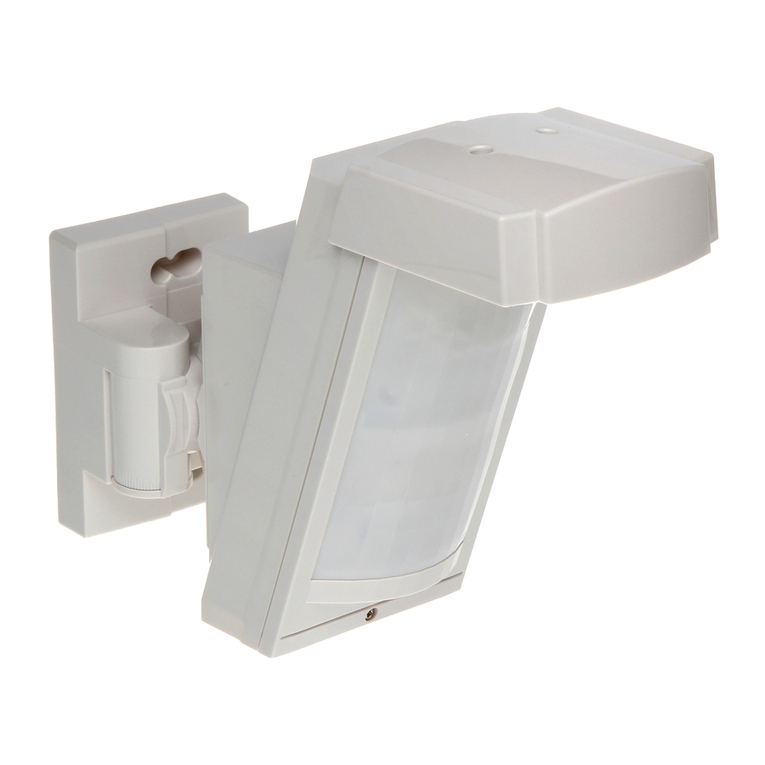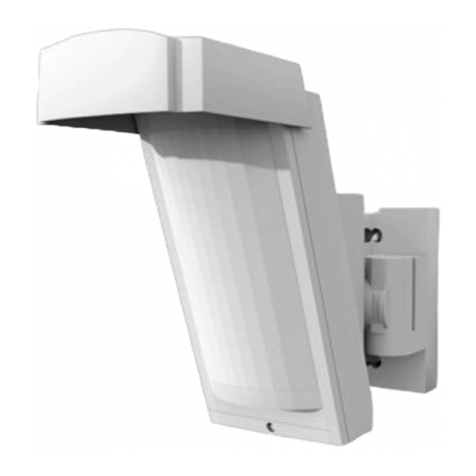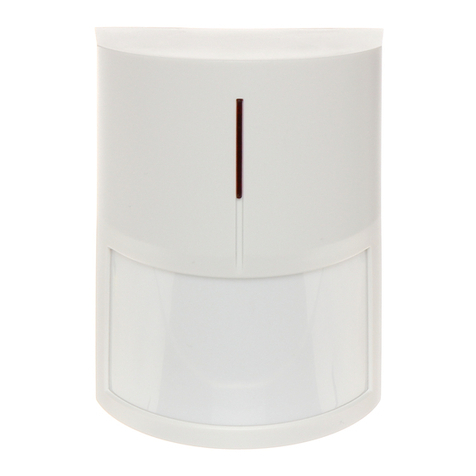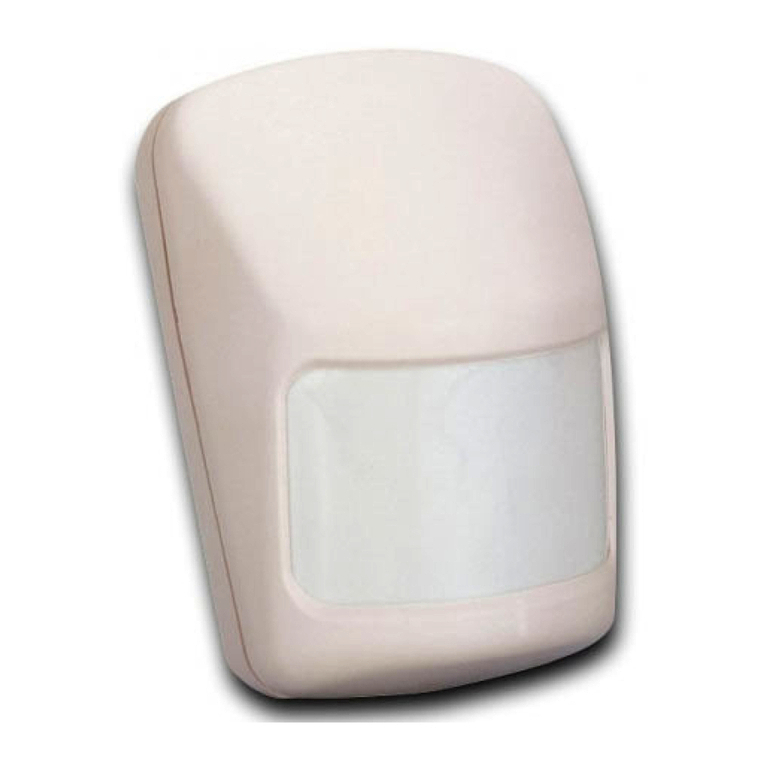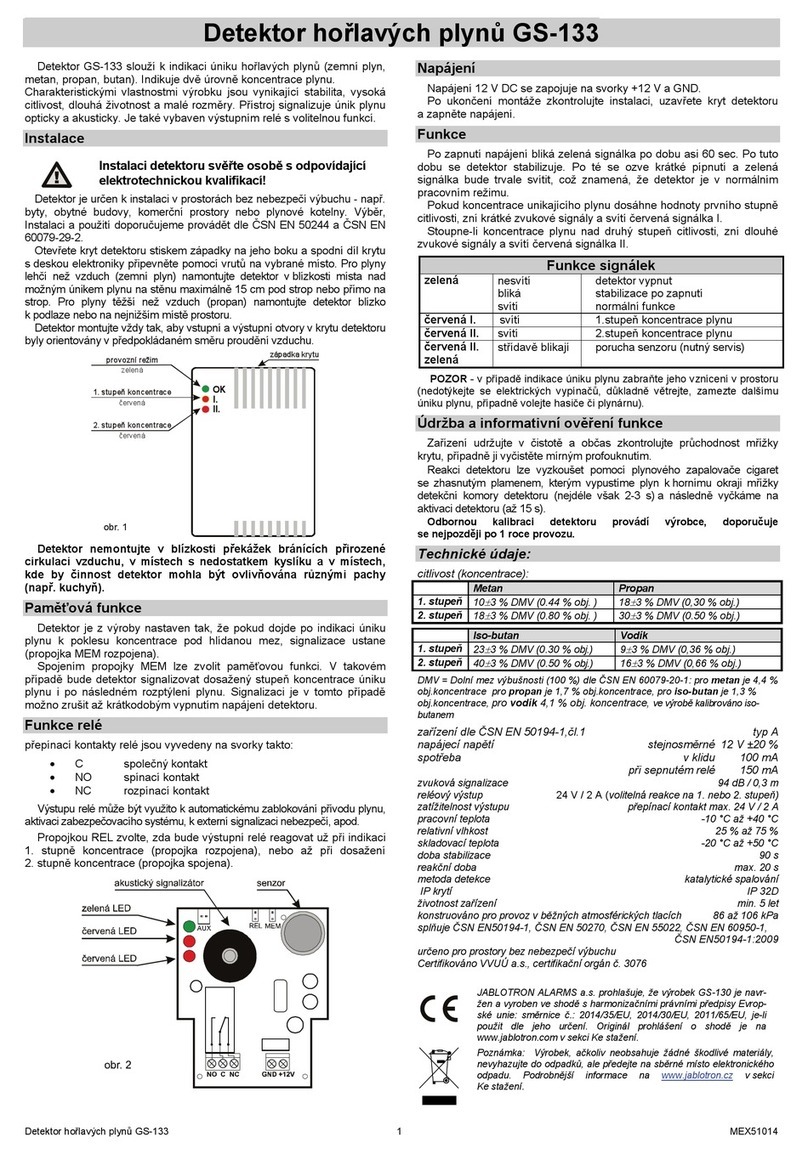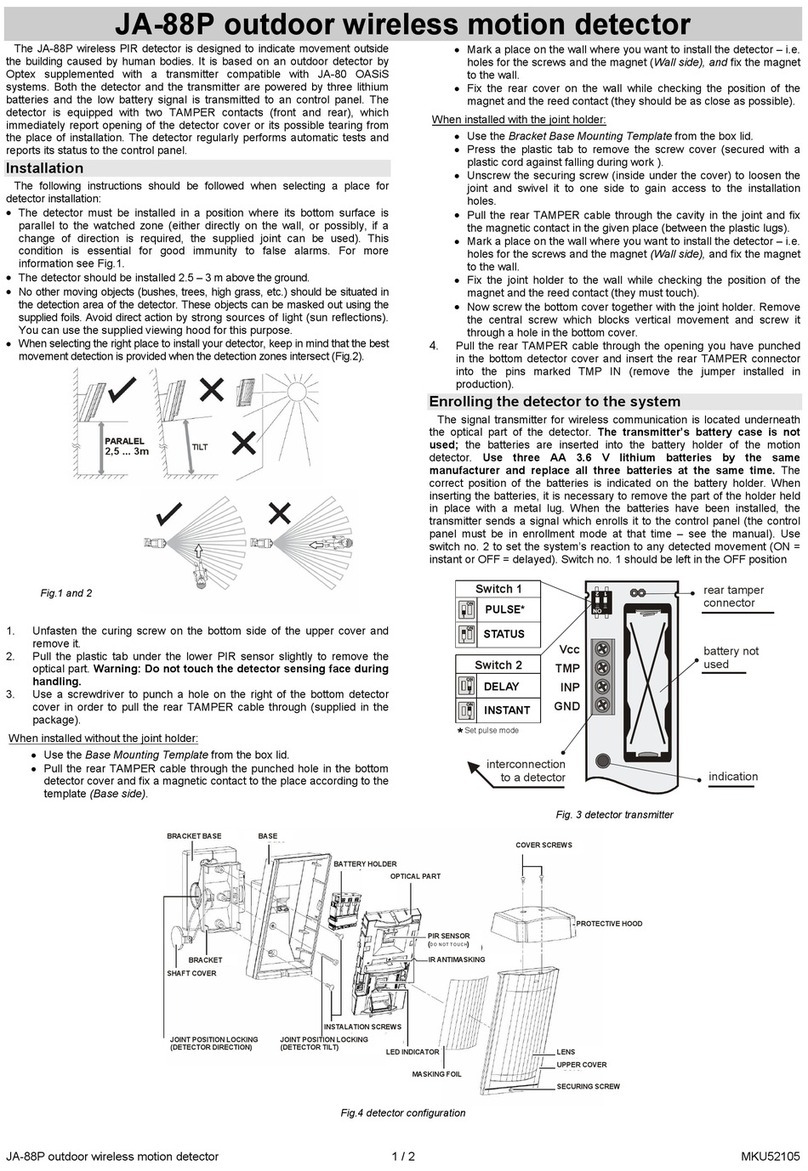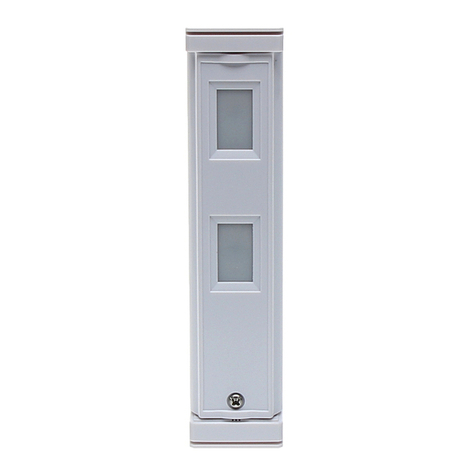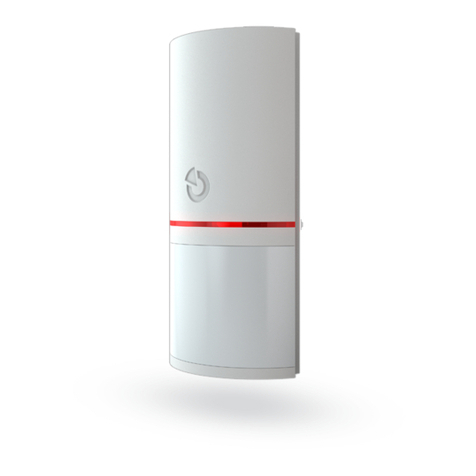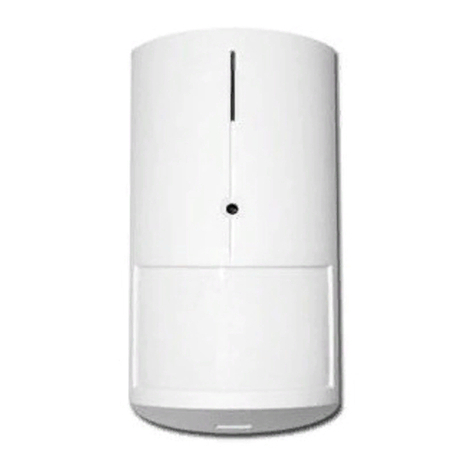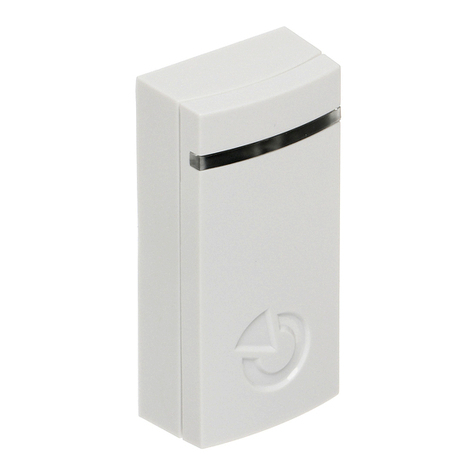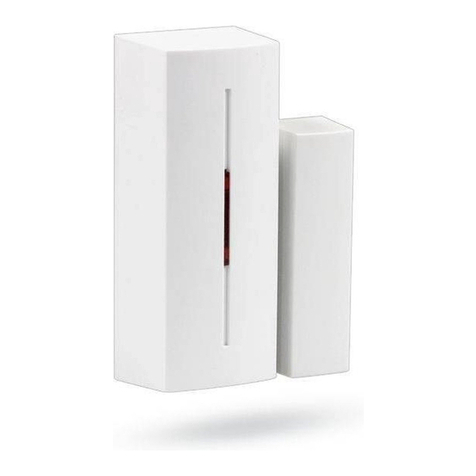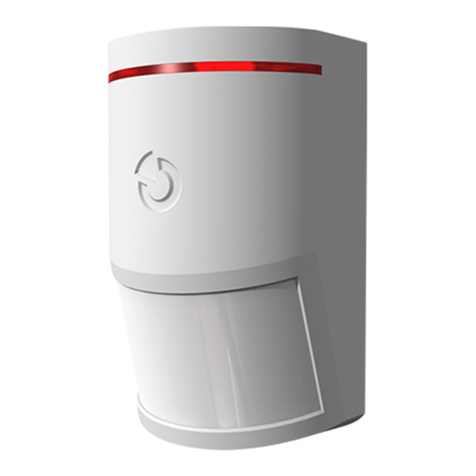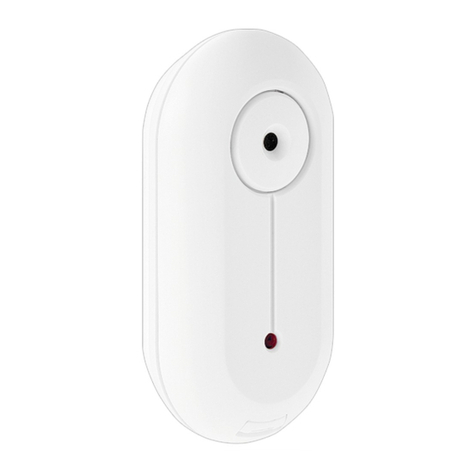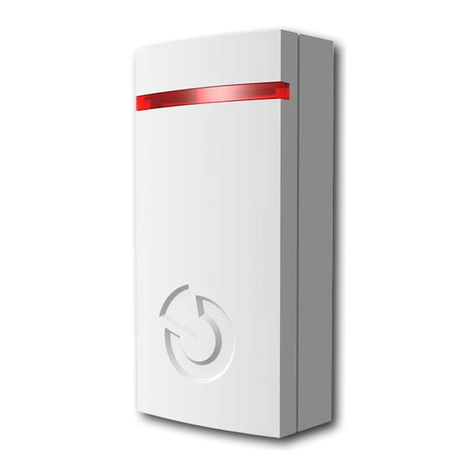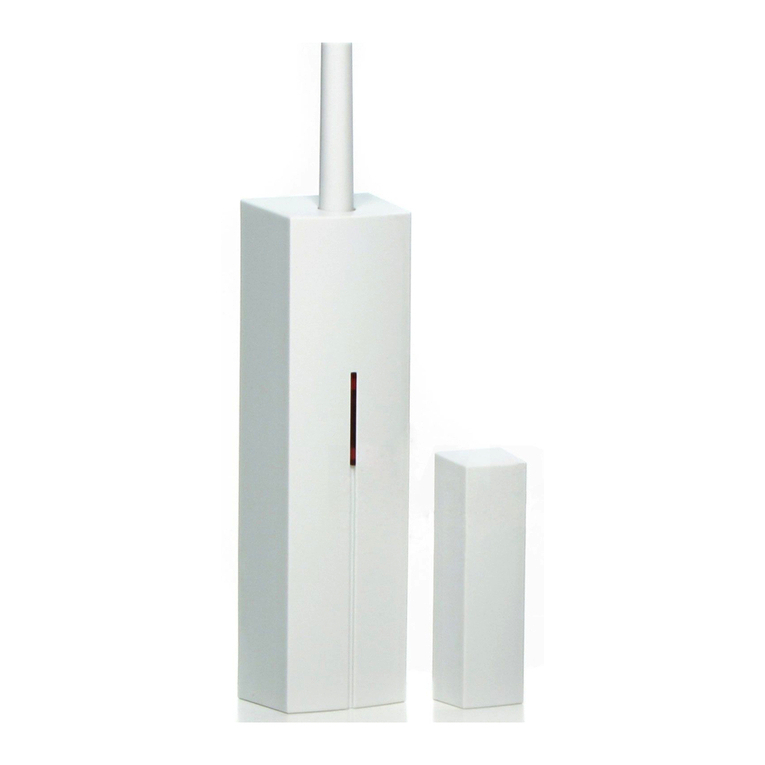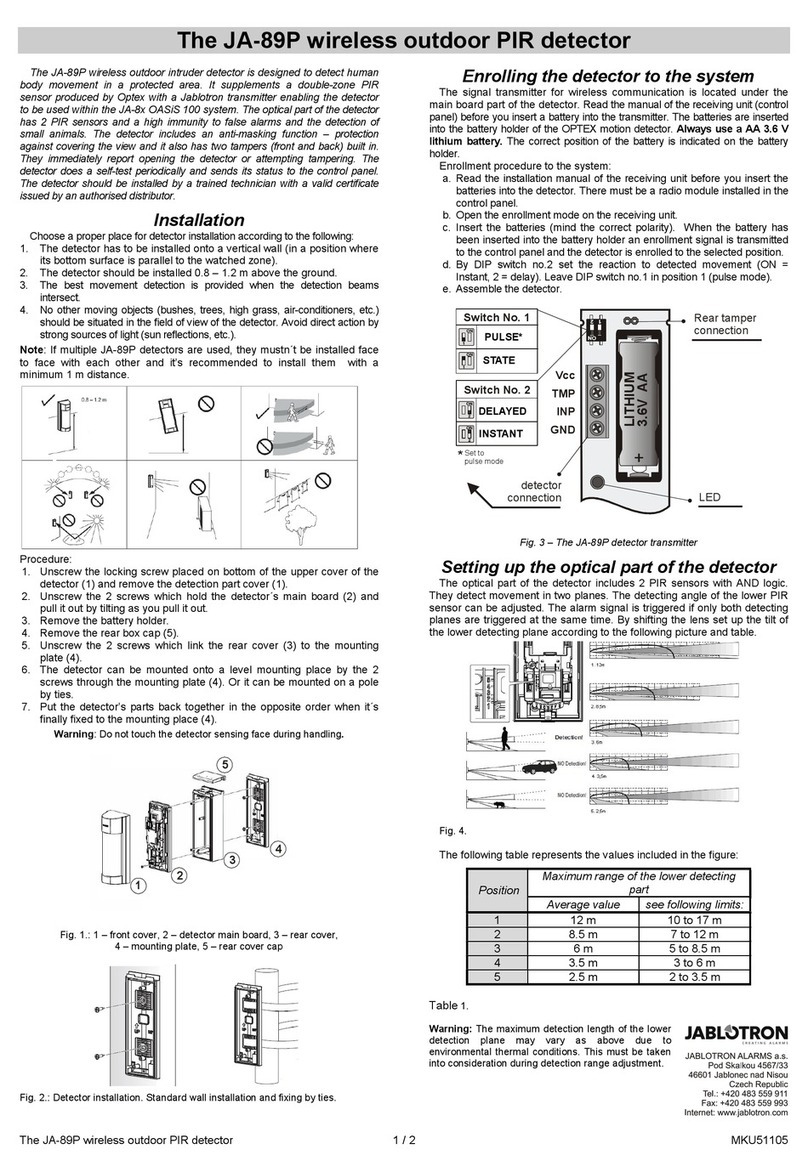
JABLOTRON ALARMS a.s.
Pod Skalkou 4567/33 46601 Jablonec n. Nisou
Czech Republic www.jablotron.com
||
|
JA-120PC (90) PIR motion BUS detector with a 90° verification camera
JA-120PC (90) BUS PIR motion BUS detector with a 90° verification camera 1 / 2 MMP53103
This device is a component of the JABLOTRON 100 system. It serves for
the detection of human movement in building interiors and visual alarm
confirmation. The camera takes colour photos with a resolution
of up to 640x480 pixels. The camera trigger follows detected movement,
which ensures that the cause of the alarm is always recorded. The camera
is equipped with a visible flash for taking photos in the dark. The images are
saved in the internal memory of the detector and then they are forwarded
to the control panel and from the control panel they can be sent
to MyJABLOTRON or ARC. The detector can also take a picture by request.
The detector takes one position in the system and should be installed
by a trained technician with a valid certificate issued by an authorised
distributor.
The photo-verification can be used only after
the registration of the system to MyJABLOTRON
or with subsequent ARC service.
Installation
The detector can be installed on the wall or in the corner of a room. There
should be no objects that can quickly change temperature
(e.g. heating appliances) or which move (e.g. curtains hanging above
a radiator, robotic vacuum cleaners) or pets in the detector’s field
of sight. It is not recommended to install the detector opposite windows
or in places with intense air circulation (close to ventilators, heat sources, air
conditioning outlets, unsealed doors, etc.). There should be no obstacles
in front of the detector which might obstruct its view of the protected area.
Avoid instal
lation too close to a ceiling. Using
the flash may cause over-exposure of the scene due
Always switch the system power off before
connecting the detector to the system BUS.
1. Open the detector cover (by pushing the cover tab (4)). Avoid touching
the PIR sensor inside (14) – you could
damage it.
2. Take out the PCB – it is held
by a tab (9).
3. The recommended detector installation
height is 2.5m above the floor.
4. Attach the plastic base to the wall using
screws (vertically, with the cover tab
facing downwards).
5. Re-insert the PCB and connect
the BUS cables to the terminals (11).
6. Plug the connecting cable (6) into
the connector on the PCB.
Figure: 1 – flash for illumination; 2 – camera lens; 3 –PIR detector lens;
4 – cover tab;
Figure: 5 – Camera module; 6 – connecting cable; 7 – production code;
8 – red LED indicator; 9 – PCB tab; 10 – yellow LED indicator;
11 – BUS terminals; 12 –BUS cable; 13 – tamper contact; 14 – PIR sensor;
15 – Micro SD memory card; 16 – yellow LED Micro SD card indicator
7. Proceed according to the control panel installation manual.
Basic procedure:
a. When the device is switched on, the yellow LED indicator (10)
starts flashing repeatedly to indicate that the module has not been
enrolled into the system.
b. Go to the F-Link software, select the required position
in the Devices tab and launch the enrollment mode by clicking on
the Enroll button.
c. Press the Scan/add new BUS devices button, select
the JA-120PC 90° detector and confirm by double clicking on it.
The detector will be enrolled and the yellow LED indicator (10) will
go off.
d. If the detector is enrolled as a first camera PIR or a control panel is
not connected to MyJABLOTRON, F-Link shows a dialogue
window with a question about enabling data transfer.
We recommend enabling this option with the agreement
of the customer and confirming this acceptance by recording
it in the system service log with his signature.
Note: If the transmission is not enabled, images will be saved
in the internal memory of the detector and the control panel. Then
it won’t be possible to send the photos to MyJABLOTRON or ARC.
8. Close the detector cover and test its functionality.
Notes:
−The detector can be also enrolled by pressing the tamper sensor (13).
−Or the detector can be enrolled by entering the serial number (7)
in the F-Link software (or using a bar code reader). Enter all digits
located below the bar code (1400-00-0000-0001).
−If you want to remove the detector from the system, erase it from its
position in the control panel.
−In order to comply with the EN 50131-2-4 norm, the cover tab (4) must
be secured with the supplied screw.
Detector internal settings
Settings can be made using F-Link software. In the Devices tab use
the Internal settings option on the detector’s position to open a dialog
window where you can configure the settings (* default settings):
LED movement indication: *Enabled; allows you to disable movement
indication with the red LED. Always indicates service mode.
PIR immunity level: Defines false alarm immunity. The *Standard level
combines basic immunity with a rapid reaction. The Increased level provides
higher immunity but the detector reaction is slower.
LQ photo quality: Standard* quality uses optimized compression in order
to achieve the fastest possible transfer to the ARC or to the end user
in MyJABLOTRON. The goal is achieving alarm verification
in the fastest time possible. If the quality is switched to Extended,
the system will use lower image compression which will at least double
the time necessary to transfer the image (depends on the conditions
of the captured scene). Change the quality only if the LQ image does not
have the quality required by the customer – it may depend on the captured
space. It is not recommended when there are more verification detectors
in the premises which may take images at the same time.
Taking photos during alarms: No flash, *With flash
Flash intensity: Low, *Medium, High – in the case of overexposed scene
with a flash (e.g. in a small room) the intensity of the flash can be reduced.
For larger spaces it can be increased. Caution: If there are more detectors
with the ability to simultaneously take a photo with high intensity flash
in the system (e.g. when PG output is activated) there is a risk of a one-time
high consumption from the BUS, which may cause a short-term power
outage. We therefore recommend checking and counting the total
consumption.
PG output reaction: You can select PG outputs, whose activation will
trigger taking a picture (* No, camera does not react to PG). For further info
see Installation recommendations, cautions.
Taking a photo by PG activation: No flash, *With flash
Taking photos during entrance delay: *No flash, With flash
Increased number of photos during alarm: When enabled, 3 photos
are sent instead of 2 during each alarm event, that means more data
transfer between the detector and the control panel and between the control
panel and MyJABLOTRON or ARC. This option is for specific markets
so we don’t recommend enabling by default.
Send pre-alarm photos: This option is not available when the Extended
LQ photo quality is selected due to more than double size of the photo and
therefore longer transmission time. When this parameter is enabled
the detector will send photos even when the detector is configured
with repeated or confirmed reaction and the alarm has not been confirmed.
During every entrance delay, up to two photos can be taken when
the detector is triggered even when the system has been unset properly.
This option will noticeably increase the volume of data transferred
to MyJABLOTRON. If the system is not unset (alarm is triggered),
the images taken during the entrance delay will be sent automatically
regardless of this option.
Test: takes a test photo (LQ) with a flash and F-Link displays it.
When the Detail button is pressed, the F-Link software shows
the picture in a 640x480 px resolution. Photos are sent to MyJABLOTRON
(provided that transferring is enabled).
Camera and basic reactions
The process of how the camera takes pictures depends on the settings
in the F-Link software – under the Devices tab. Choose a type of Reaction
on the detector’s position.
